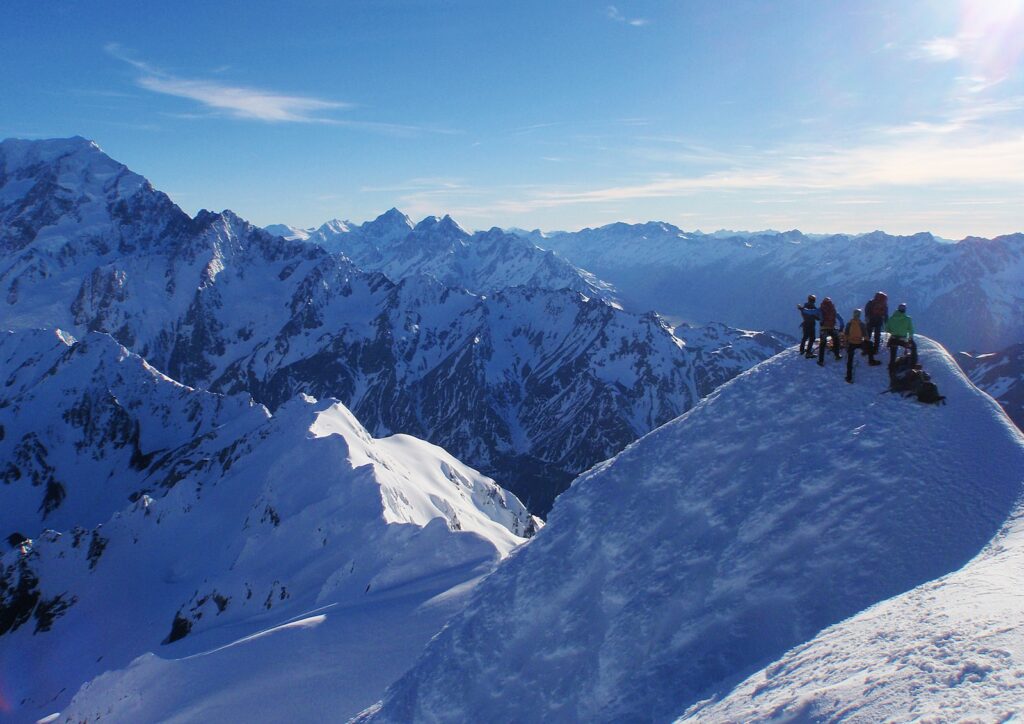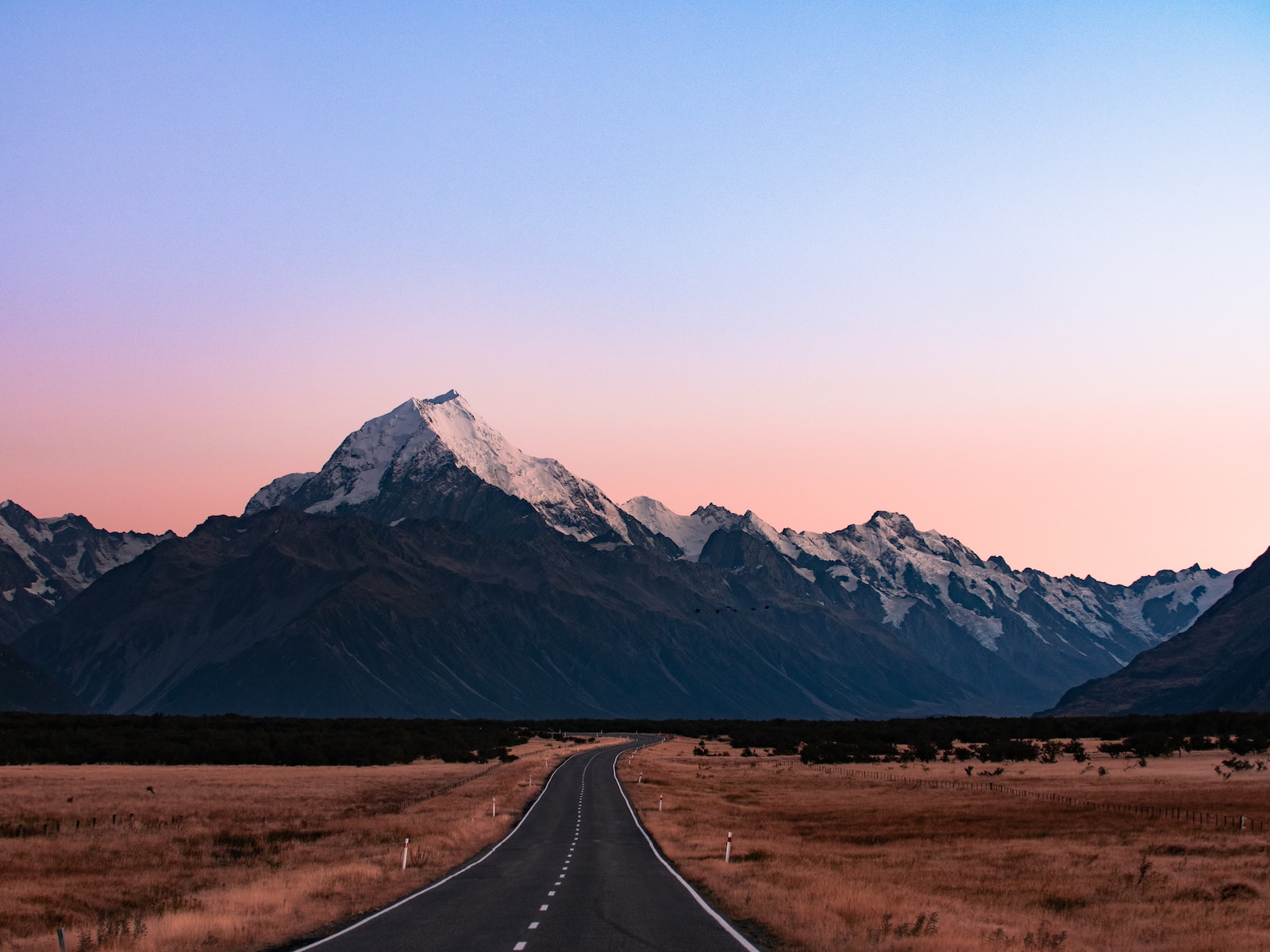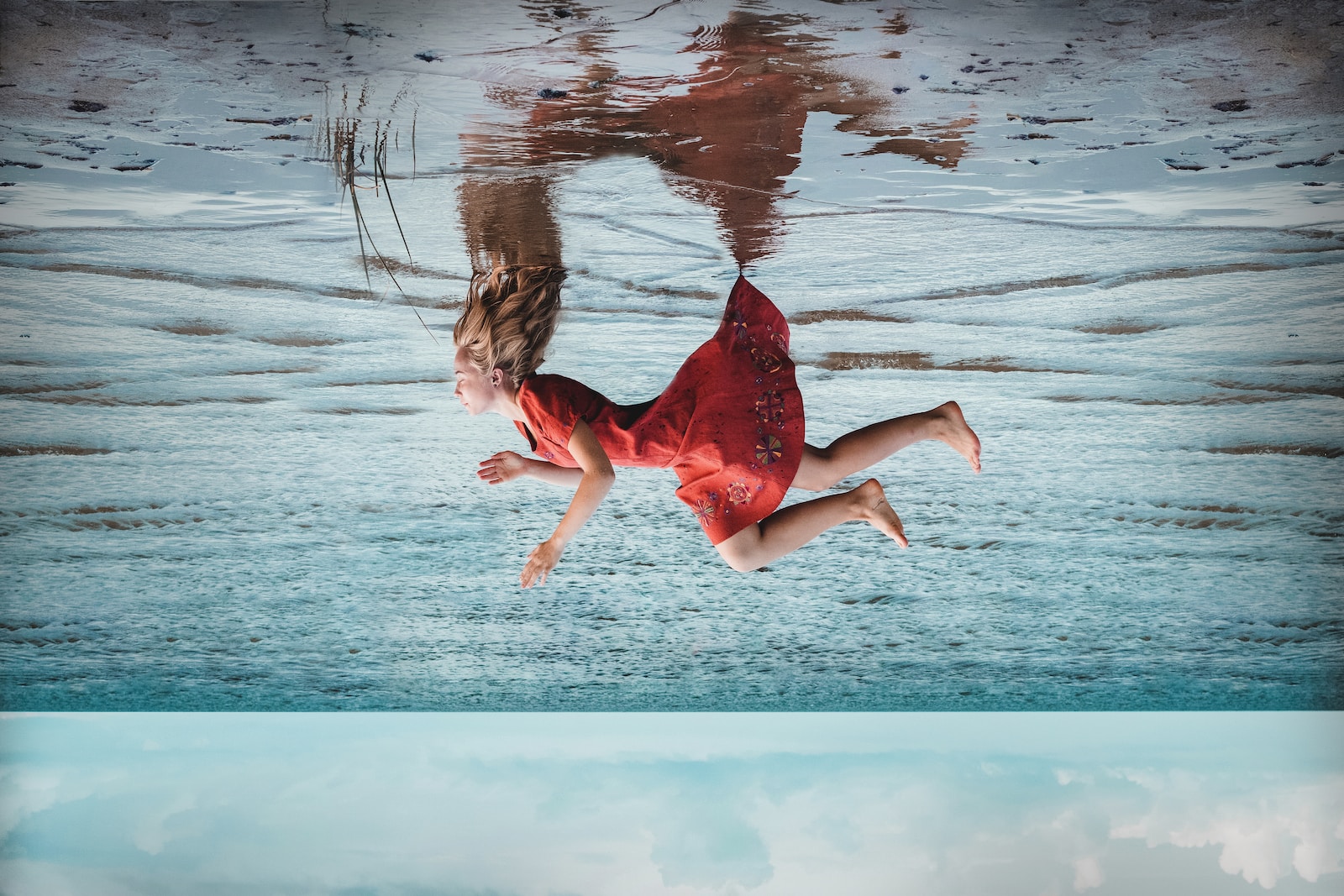Welcome to Clicks from Kiwiland: Mount Cook! In this blog, we will take you on a captivating photographic journey to Mount Cook, New Zealand’s highest mountain. Along the way, we will provide valuable camera skills to enhance your photography. So grab your camera and join us as we explore the breathtaking beauty of Mount Cook and uncover the secrets to capturing stunning images in this high mountain paradise.
Table of Contents
- Exploring the Majesty of Mount Cook
- A How-To Guide: Mastering Camera Skills for High Mountain Photography
- Frequently Asked Questions
- 1. What is Mount Cook?
- 2. How high is Mount Cook?
- 3. Can I hike to the summit of Mount Cook?
- 4. What camera skills can I learn while photographing Mount Cook?
- 5. Are there any photography tours or workshops available near Mount Cook?
- 6. Is it necessary to have advanced camera equipment for photographing Mount Cook?
- 7. When is the best time to visit Mount Cook for photography?
- 8. What are some popular photography spots around Mount Cook?
- 9. Are there any photography exhibitions or galleries showcasing Mount Cook?
- 10. Can I see Mount Cook from a distance without hiking?
- Wrap Up
Exploring the Majesty of Mount Cook
Mount Cook, or Aoraki in Māori, is New Zealand’s highest peak at 3,724 meters. It’s in the Southern Alps on the South Island, renowned for mountaineering and hiking. It’s in Aoraki / Mount Cook National Park, offering stunning landscapes and climbing challenges. Sir Edmund Hillary trained here before Everest. It’s culturally significant to the Māori, and the Hooker Valley Track provides great views.
Awe-Inspiring Landscapes
Mount Cook, known as Aoraki in the Maori language, stands tall at an impressive 3,724 meters. This magnificent mountain is nestled in the heart of the Southern Alps and offers unparalleled vistas of the surrounding landscapes. From snow-capped peaks to glacial lakes, every corner of Mount Cook is a photographer’s dream.
Capturing the Essence
With the right camera skills, you can truly capture the essence of Mount Cook’s beauty. Learn how to manipulate lighting to emphasize the mountain’s grandeur, experiment with composition to create dynamic shots, and master exposure to showcase the intricate details of its rugged terrain. Our expert guides will be there every step of the way to help you refine your camera skills.
Chasing the Perfect Shot
Mount Cook’s ever-changing weather conditions provide a thrilling challenge for photographers. Learn how to adapt to the unpredictable nature of high altitude photography and seize every opportunity to capture breathtaking shots. Whether it’s the gentle blush of dawn or the vibrant hues of sunset, Mount Cook offers endless opportunities to create images that will leave viewers in awe.
Exploring Beyond the Summit
While Mount Cook is the highlight of the region, there’s so much more to discover. Venture into the rugged terrain surrounding the mountain and uncover hidden gems that will elevate your photography to new heights. From dramatic waterfalls to alpine meadows bursting with wildflowers, every step outside the main trails opens up a world of photographic opportunities.
Mount Cook is not only New Zealand's highest mountain but also a significant cultural symbol for the Maori people. Aoraki, the Maori name for Mount Cook, translates to "Cloud Piercer" and its epic scale and beauty feature prominently in Maori mythology and traditions.
Preparing for the Journey
Before embarking on this unforgettable photographic journey to Mount Cook, there are a few essentials to consider. First and foremost, ensure you have the right gear. A sturdy tripod, a wide-angle lens, and filters to manage different lighting conditions are must-haves for capturing the mountain’s grandeur. Additionally, familiarize yourself with the basics of landscape photography, including settings such as aperture, shutter speed, and ISO.
Mastering Composition and Perspective
Composition and perspective play vital roles in capturing memorable images. Experiment with different angles and vantage points to add depth and visual interest to your photographs. Utilize leading lines to guide the viewer’s eye towards the majestic peak of Mount Cook. Compose your shots to include foreground elements that provide context and scale, providing a sense of awe and wonder.
Unleash the Power of Light
Lighting is a crucial element in any successful photograph. Understand how different types of lighting, such as golden hour or blue hour, can transform your images. Experiment with exposure to balance the intensity of the mountain’s bright snow against the surrounding landscape. Discover how side lighting can highlight the rugged textures while backlighting can create stunning silhouettes against the mountain.
Post-Processing for Perfection
Enhancing your images in post-processing can elevate them from great to extraordinary. Whether you’re using Adobe Lightroom or other editing software, learn how to bring out the subtle details, adjust the tones for optimal impact, and fine-tune the colors to recreate the atmosphere you experienced in person. Our expert guides will share their editing tips and tricks, helping you craft images that truly reflect Mount Cook’s magnificence.

A How-To Guide: Mastering Camera Skills for High Mountain Photography
Are you ready to capture stunning shots of Mount Cook, New Zealand’s highest mountain? Join us on a photographic journey as we explore the unique challenges and rewards of capturing the rugged beauty of high mountain landscapes. In this guide, we will share valuable camera skills and techniques to help you elevate your photography to new heights.
1. Choose the Right Equipment
Before embarking on your Mount Cook adventure, it’s essential to have the right gear. Consider investing in a sturdy tripod to keep your camera steady on uneven terrain. Wide-angle lenses are ideal for capturing expansive mountain vistas, while telephoto lenses can bring distant peaks into closer view. Don’t forget extra batteries and memory cards to ensure you never miss a shot.
2. Master Exposure
In high mountain environments, lighting conditions can be challenging. To capture the true essence of Mount Cook, understanding exposure is crucial. Experiment with different camera modes such as manual, aperture priority, or shutter priority to find the best settings for each shot. Take multiple exposures and bracket your shots to capture a wide range of highlights and shadows.
3. Embrace Golden Hour
The golden hour, the period shortly after sunrise or before sunset, is a magical time for photographers. The soft, warm light during this time can transform your images and add a sense of depth and drama to your mountain shots. Plan your shoot accordingly and make the most of this enchanting lighting to capture Mount Cook’s ethereal beauty.
4. Use Leading Lines and Foreground Elements
Leading lines can guide the viewer’s eye through your photograph, creating a sense of depth and perspective. Look for natural lines in the landscape, such as rivers, trails, or ridges, that can lead towards Mount Cook. Additionally, incorporating interesting foreground elements, such as rocks or plants, can add visual interest and provide scale to your high mountain compositions.
5. Experiment with Long Exposures
Waterfalls, glaciers, and streams are frequently found in high mountain environments. By using long exposures, you can create ethereal effects, capturing silky smooth water or streaking clouds above your majestic subject. Experiment with different shutter speeds and use neutral density filters to achieve longer exposures during daylight hours.
6. Post-Processing for Perfection
After your Mount Cook adventure, the post-processing stage allows you to refine and enhance your images. Utilize software like Adobe Lightroom or Photoshop to fine-tune exposure, adjust colors, and bring out the full potential of your high mountain captures. Remember to maintain a natural and realistic look while enhancing the beauty of the landscape.
So, gear up, pack your enthusiasm and camera, and immerse yourself in the breathtaking beauty of Mount Cook. By implementing these camera techniques and skills, you’ll be well on your way to capturing memorable clicks from the kiwiland!
Frequently Asked Questions
1. What is Mount Cook?
Mount Cook, also known as Aoraki, is the highest mountain in New Zealand. It is located in the Southern Alps on the South Island.
2. How high is Mount Cook?
Mount Cook stands at an impressive height of 3,724 meters (12,218 feet) above sea level, making it a prominent landmark in the region.
3. Can I hike to the summit of Mount Cook?
Hiking to the summit of Mount Cook is a challenging feat that requires mountaineering experience and technical skills. It is recommended to hire a professional guide if you wish to attempt this ascent.
4. What camera skills can I learn while photographing Mount Cook?
Photographing Mount Cook provides an excellent opportunity to improve your camera skills. You can learn composition techniques, capturing panoramic shots, adjusting for different lighting conditions, and creating stunning landscape photographs.
5. Are there any photography tours or workshops available near Mount Cook?
Yes, there are several photography tours and workshops available near Mount Cook. These guided experiences offer valuable insights and hands-on learning opportunities to enhance your photography skills in the spectacular mountainous setting.
6. Is it necessary to have advanced camera equipment for photographing Mount Cook?
While advanced camera equipment can enhance your photography, it is not necessary to capture beautiful images of Mount Cook. Even with a basic camera, you can still capture stunning shots by applying the right techniques and composition principles.
7. When is the best time to visit Mount Cook for photography?
The best time to visit Mount Cook for photography is during the spring (September to November) and autumn (March to May) seasons. These months offer favorable weather conditions, vibrant colors, and dramatic lighting, allowing for captivating photographs.
8. What are some popular photography spots around Mount Cook?
Some popular photography spots around Mount Cook include Hooker Valley Track, Mueller Hut Route, Tasman Lake, and Lake Pukaki. These locations offer breathtaking views of the mountain, glaciers, lakes, and surrounding landscapes.
9. Are there any photography exhibitions or galleries showcasing Mount Cook?
Yes, there are photography exhibitions and galleries that showcase the beauty of Mount Cook. These exhibitions feature the work of talented photographers who have captured the essence of this majestic mountain and its surroundings.
10. Can I see Mount Cook from a distance without hiking?
Absolutely! Mount Cook can be admired from a distance without hiking. The nearby village of Mount Cook and the surrounding areas offer various viewpoints where you can capture the magnificent mountain in your photographs.
Wrap Up
Mount Cook is truly a photographer’s paradise, with its high mountains and mesmerizing landscapes. We hope this journey through Kiwiland has inspired you to grab your camera and explore the beauty of this incredible destination.
By learning valuable camera skills along the way, you’ll capture stunning shots that will leave a lasting impression. Whether you’re a seasoned photographer or just starting out, Mount Cook offers endless possibilities for honing your craft.
Remember, practice makes perfect. So, grab your camera, head to Mount Cook, and let your creativity flow. Don’t forget to share your epic shots in the comments below, and engage with fellow photography enthusiasts. We can’t wait to see your amazing work!
Get ready to click your way through Kiwiland!

